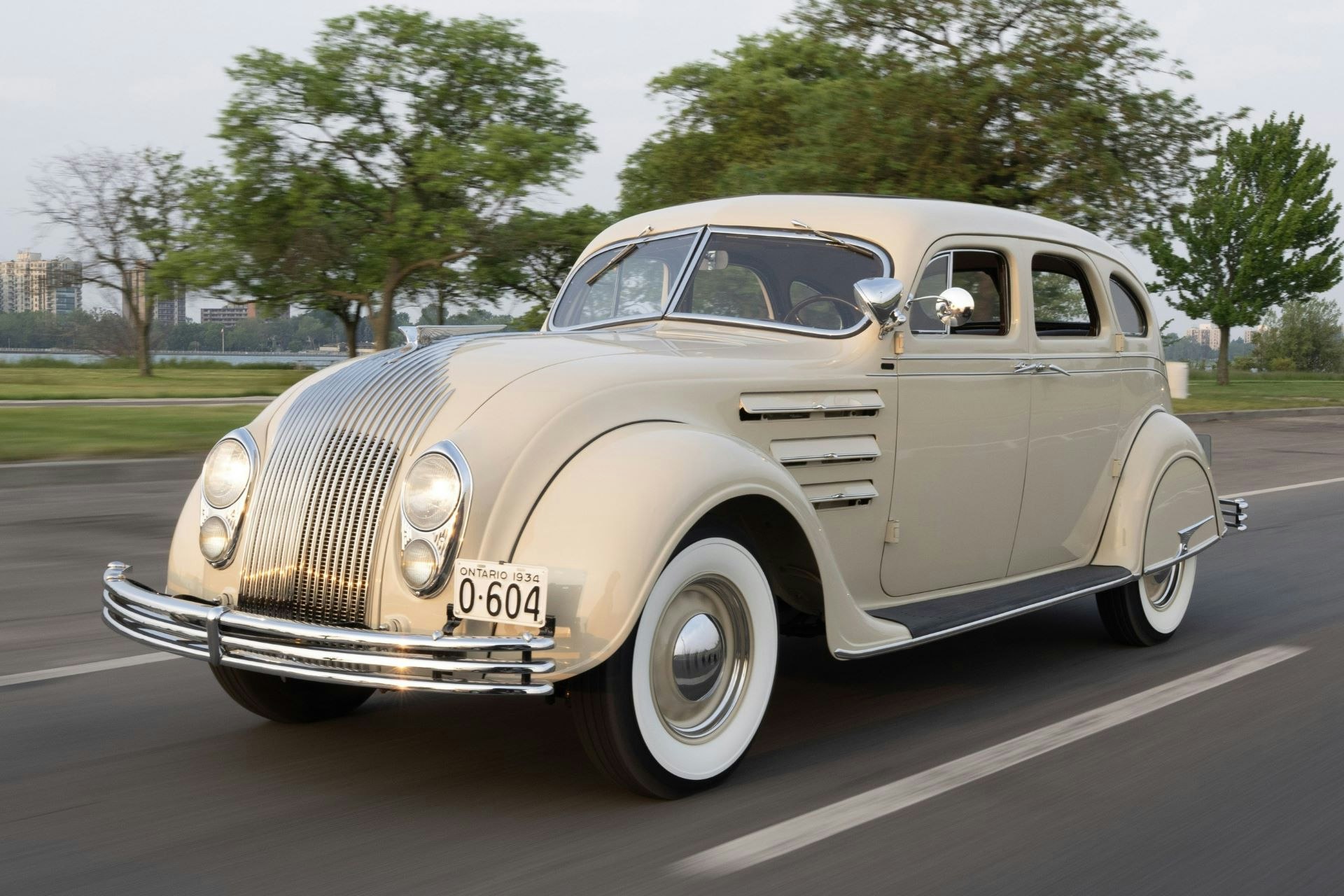
Chrysler at 100: A Century of American Innovation and Iconic Cars
In 2025, Chrysler celebrates a remarkable milestone — 100 years of automotive innovation. Since its founding in 1925 by Walter P. Chrysler, the brand has become an integral part of the American automotive landscape. From luxury sedans to muscle cars and minivans, Chrysler has constantly adapted, reinvented, and pushed the boundaries of what’s possible on four wheels.
To honor this centennial moment, we’re taking a drive down memory lane, exploring Chrysler’s rich history and its most iconic cars — the ones that shaped not just a company, but a culture.
The Origins: A Bold Beginning
Walter P. Chrysler launched the company with a clear vision: to build high-quality vehicles that offered advanced engineering at an affordable price. The first car to bear his name, the 1924 Chrysler Six, wasn’t just another early automobile — it was revolutionary. It came equipped with innovations like a high-compression engine and four-wheel hydraulic brakes, which were rare at the time.
That bold start set the tone for decades of innovation.
Chrysler’s Most Iconic Cars
1934 Chrysler Airflow
A pioneer of aerodynamics, the Airflow was decades ahead of its time. While it was a commercial failure, its streamlined design and unibody construction influenced the entire auto industry. It was Chrysler’s moonshot — radical, brave, and ultimately legendary.
1955 Chrysler C-300
Often considered the first real “muscle car,” the C-300 combined luxury with raw power. Packing a 300-horsepower HEMI V8, it dominated NASCAR in the mid-50s and established Chrysler’s performance credentials.
1960s–70s Chrysler 300 Series
The 300 Letter Series continued the blend of power and prestige. These cars, especially the 300C and 300F, were luxury muscle machines before the term even existed — V8-powered land yachts that commanded attention.
1983 Chrysler Minivan (Dodge Caravan / Plymouth Voyager)
Though technically under Dodge and Plymouth, the minivan was developed by Chrysler engineers and changed family transportation forever. With its sliding door and car-like drivability, it created an entirely new segment.
1990 Chrysler Town & Country
Building on minivan success, the Town & Country added luxury to utility, becoming the go-to vehicle for upscale families and solidifying Chrysler as the king of the minivan era.
1994 Chrysler Concorde
A product of the “cab-forward” design revolution, the Concorde introduced a sleek, futuristic profile and roomy interior, redefining the look of American sedans in the ’90s.
2005 Chrysler 300
When this bold, Bentley-esque sedan hit the streets, Chrysler was suddenly cool again. With rear-wheel drive, HEMI V8 power, and unmistakable styling, the 300 became a modern classic — especially in hip-hop culture and urban America.
Chrysler Today and the Road Ahead
As it turns 100, Chrysler stands at another crossroads. The brand is transforming under Stellantis, with plans to become fully electric by 2028. The Chrysler Halcyon concept, revealed earlier this year, offers a glimpse into that future — a sleek, autonomous-ready EV that merges luxury and sustainability.
Despite a leaner lineup today, Chrysler’s legacy is anything but small. It’s a story of reinvention, of risk-taking, and of relentless ambition. From roaring muscle cars to family-first minivans and cutting-edge electric concepts, Chrysler has done it all — and isn’t done yet.
Chrysler’s 100th anniversary is more than a celebration of age — it’s a celebration of enduring impact. Few car companies have touched as many facets of American life as Chrysler. Whether it’s the family road trip, the NASCAR track, or the city street — Chrysler has been there.
So here’s to the next century. If the past 100 years have shown us anything, it’s that Chrysler knows how to evolve — and knows how to make an entrance.



